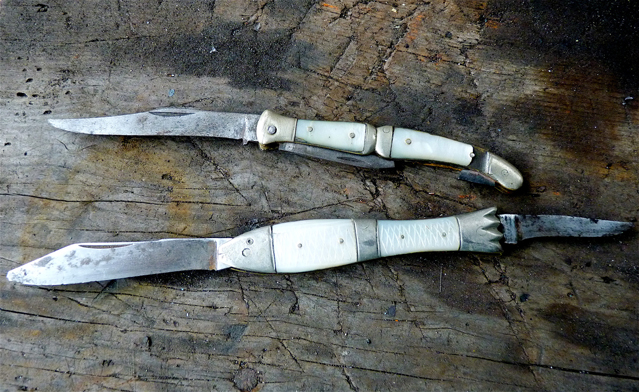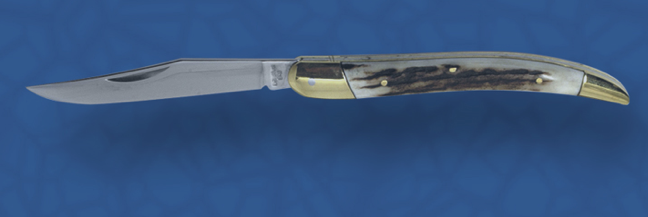hornetguy
Gold Member
- Joined
- Feb 11, 2015
- Messages
- 3,506
My thoughts are that GEC got the blade shape exactly right on the toothpick.... not flimsy looking, not bulky looking, just fully functional.... to me, it's more in line with the laguioles than the "Texas toothpicks".... whose blades look delicate to me. ..
I have a Winchester toothpick that is sort of in between the two, but still a little slender for my taste....
A GEC and some lags....


I have a Winchester toothpick that is sort of in between the two, but still a little slender for my taste....
A GEC and some lags....







